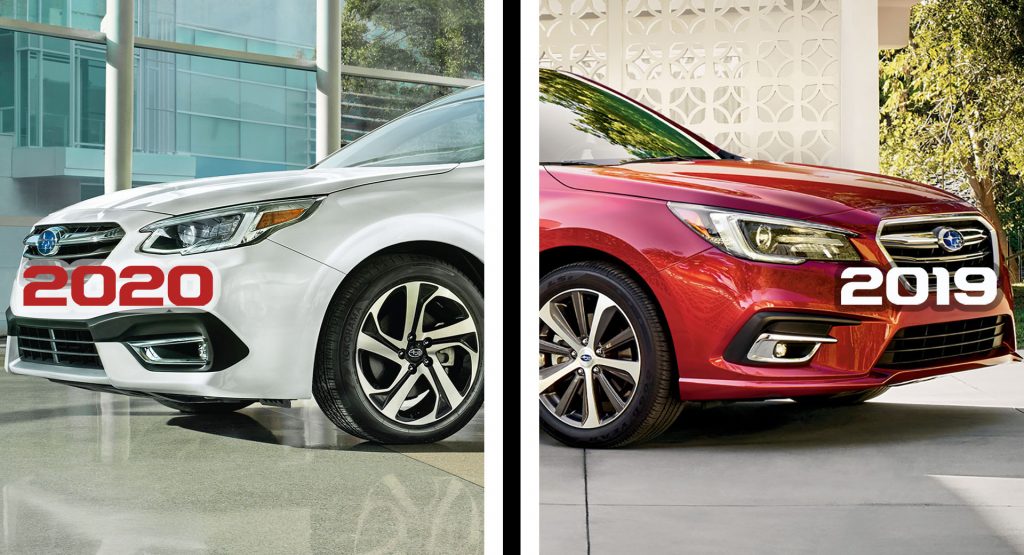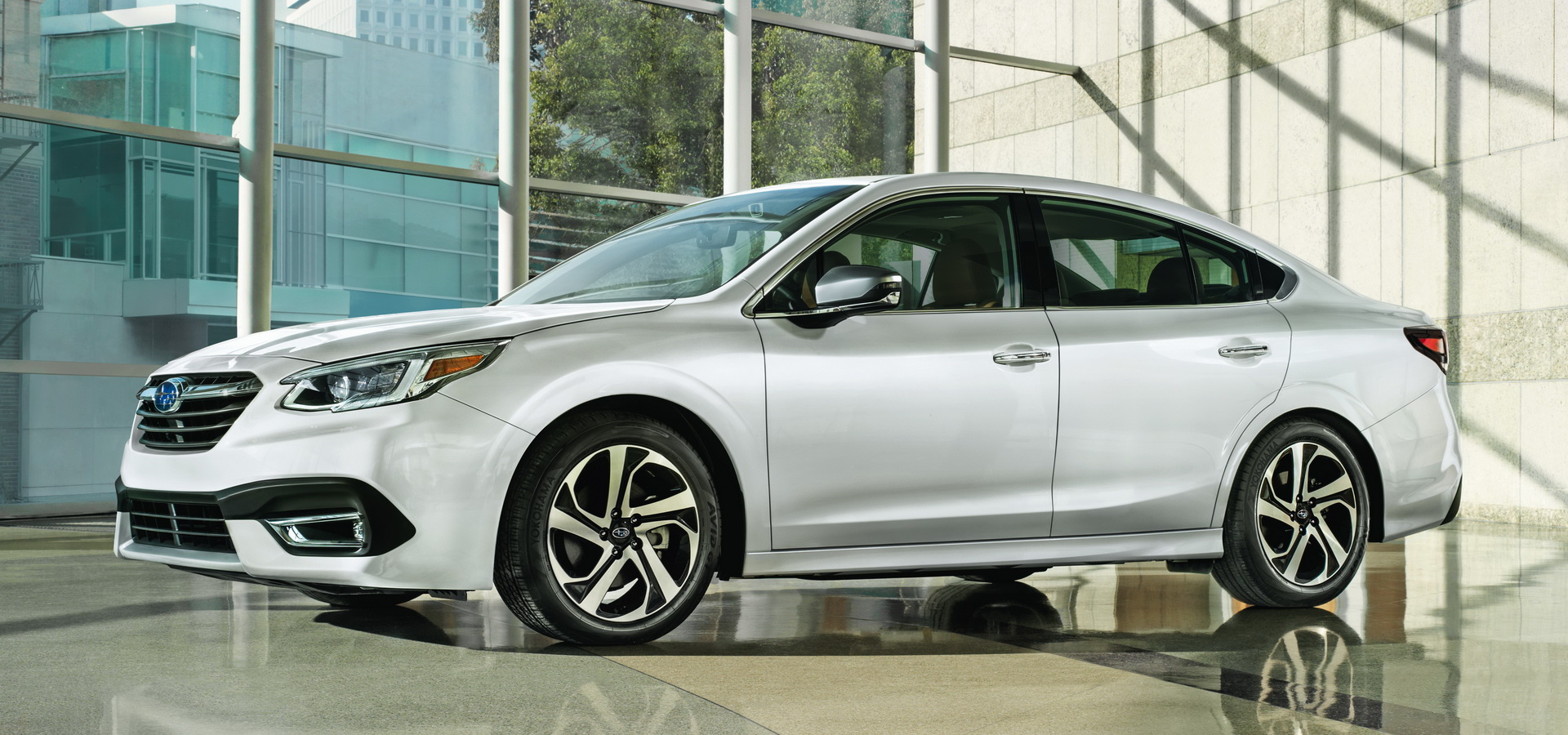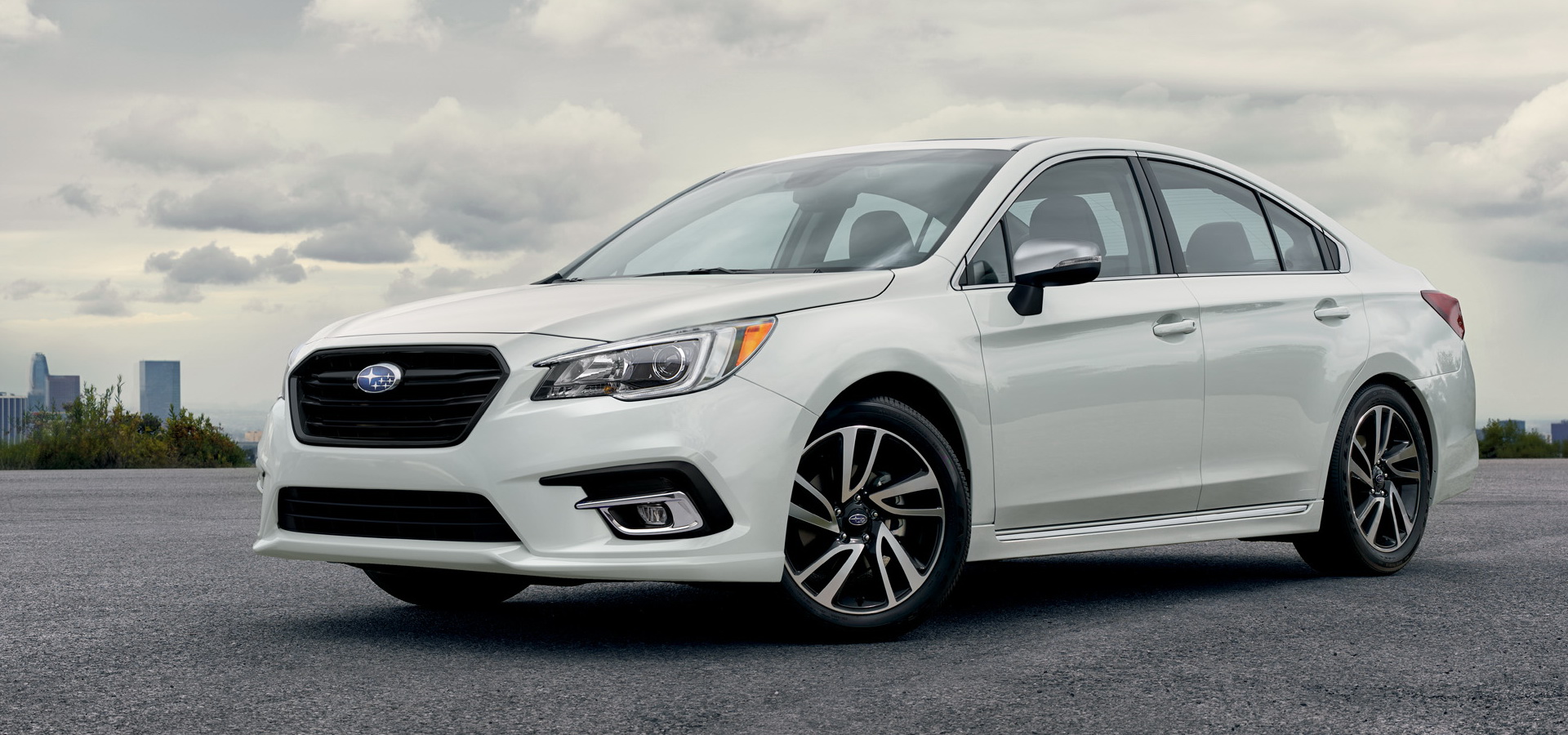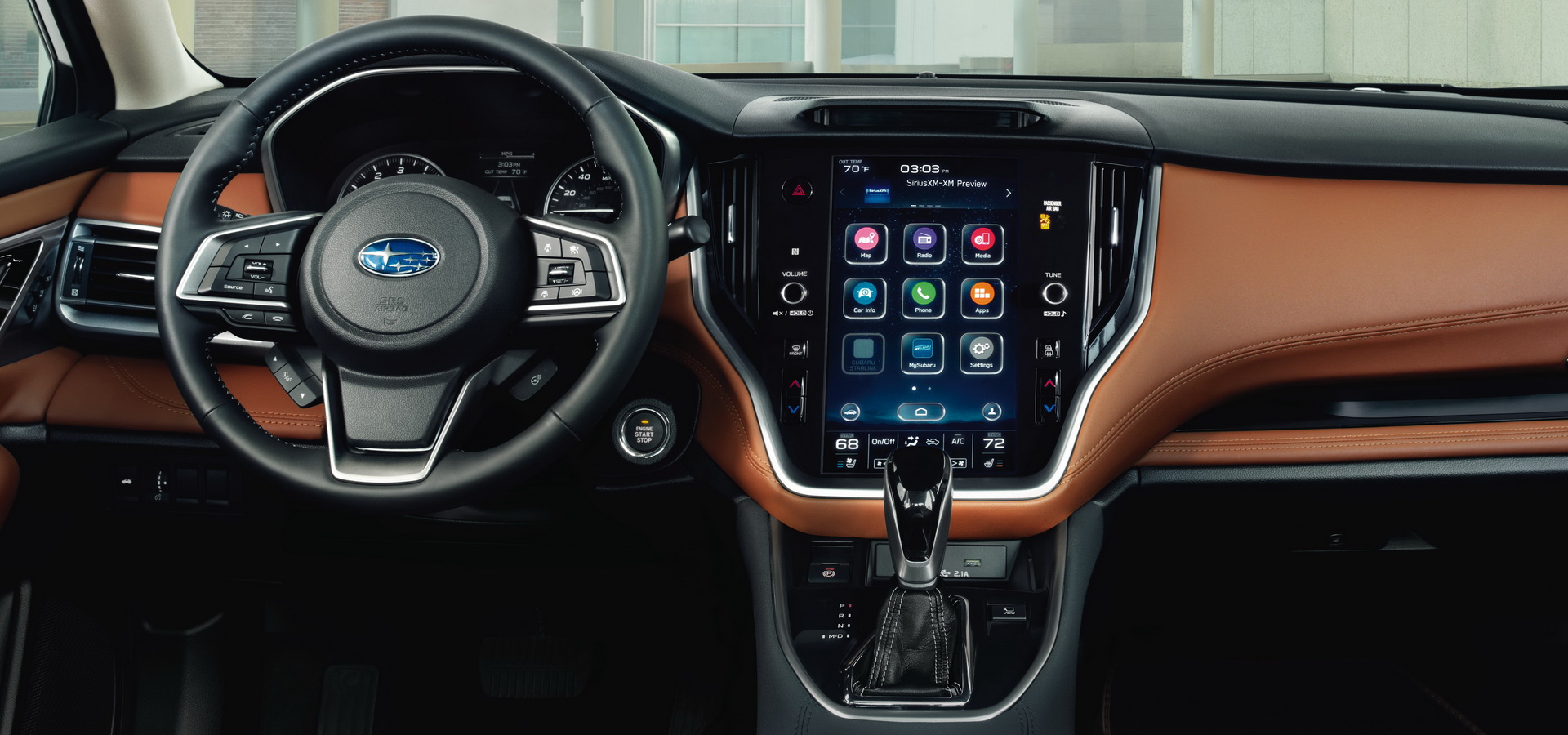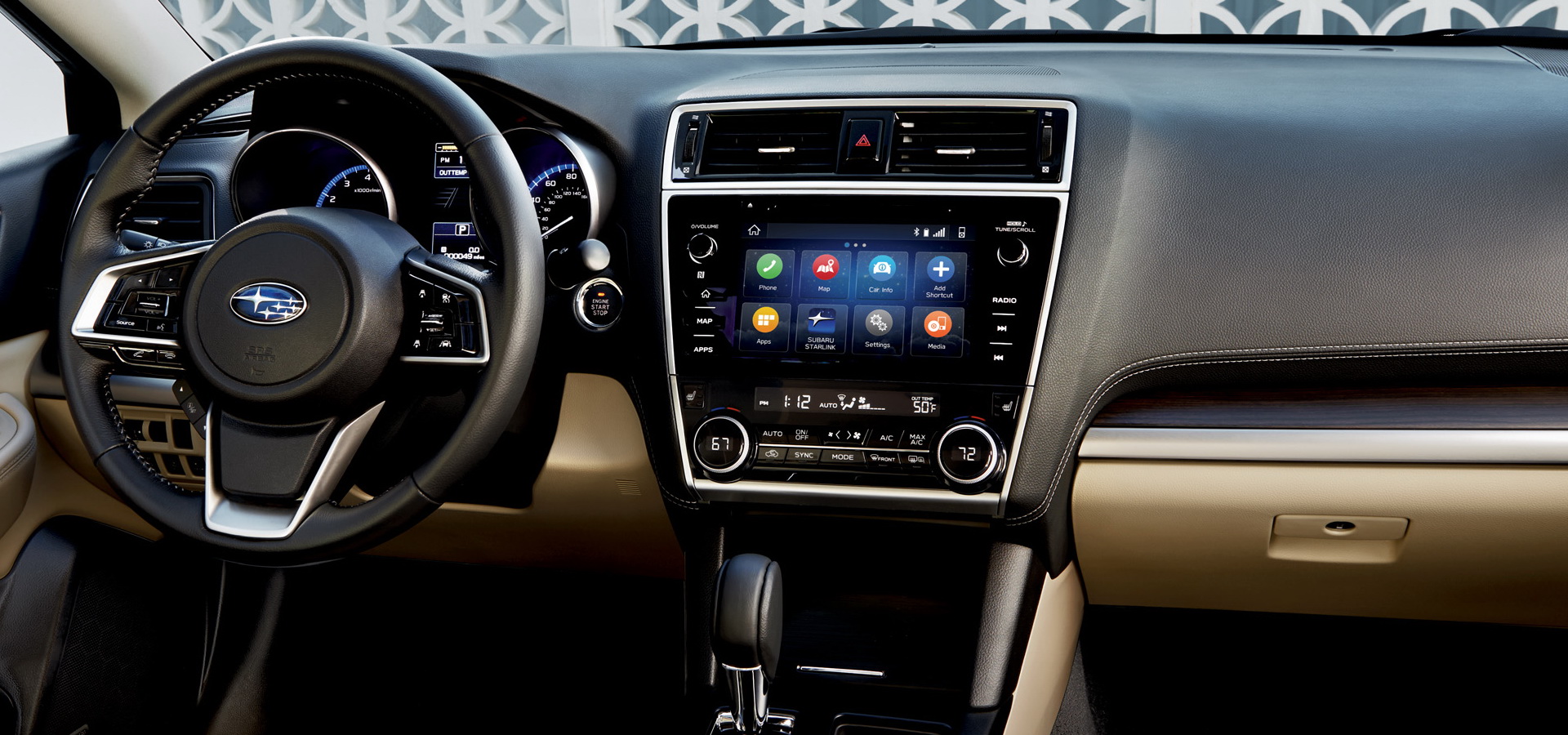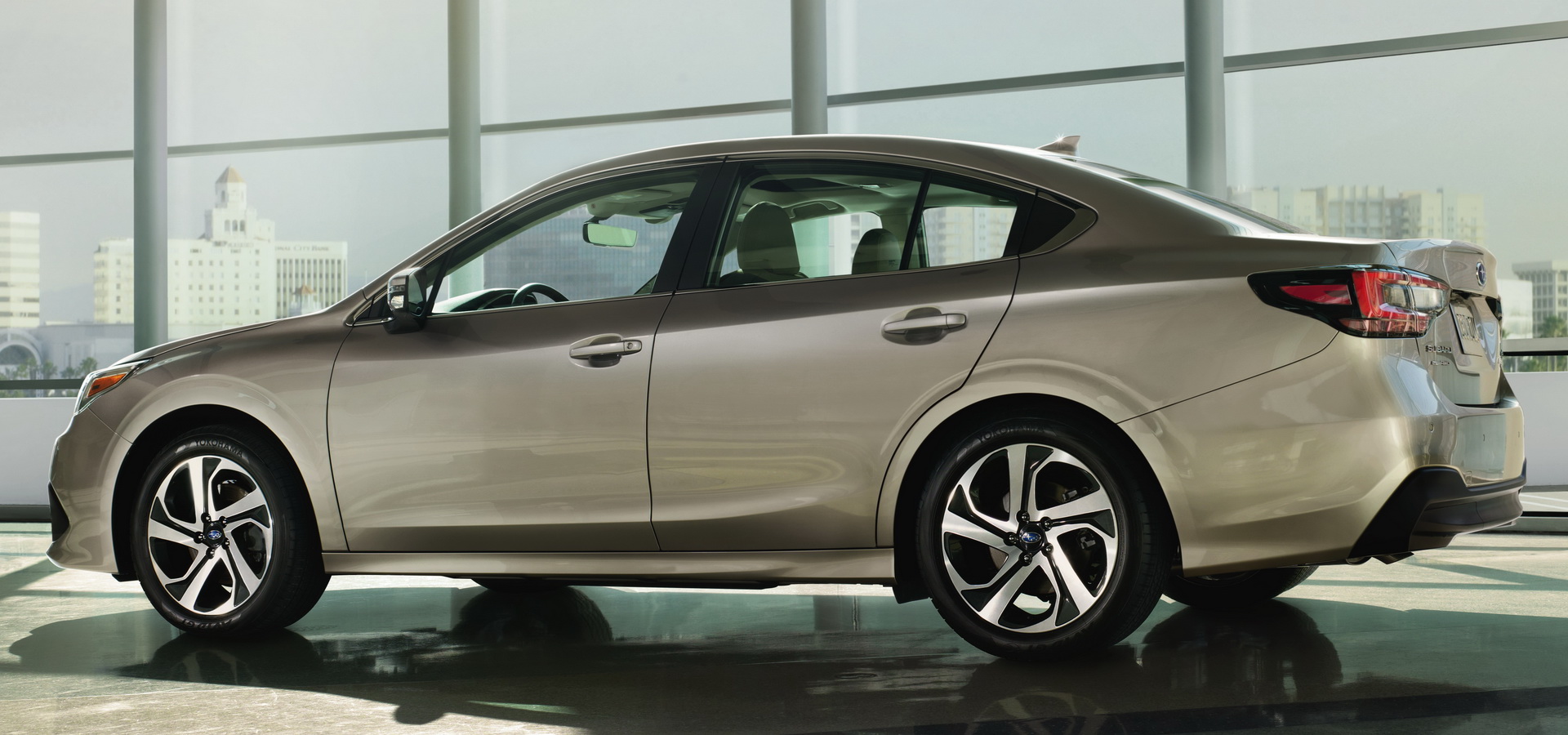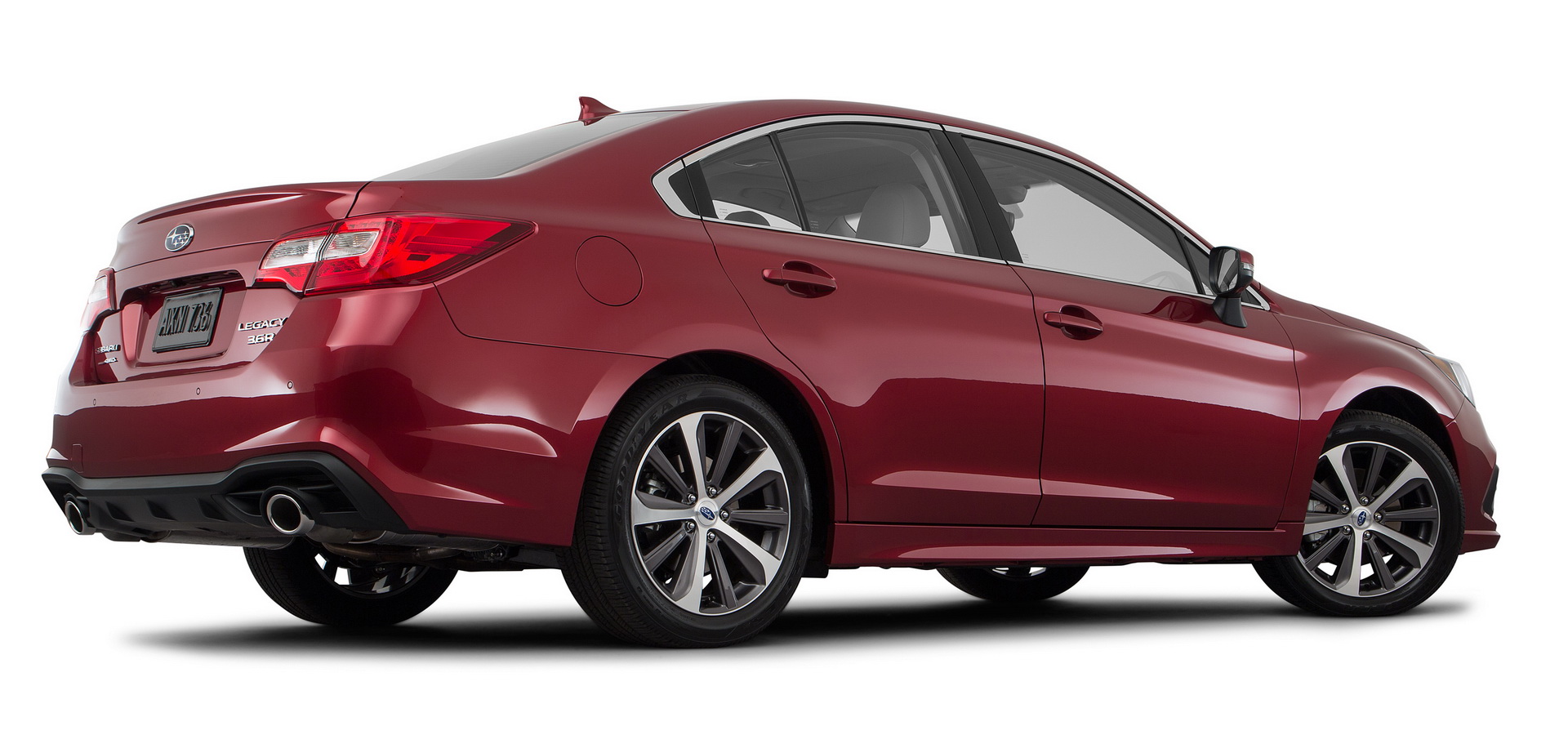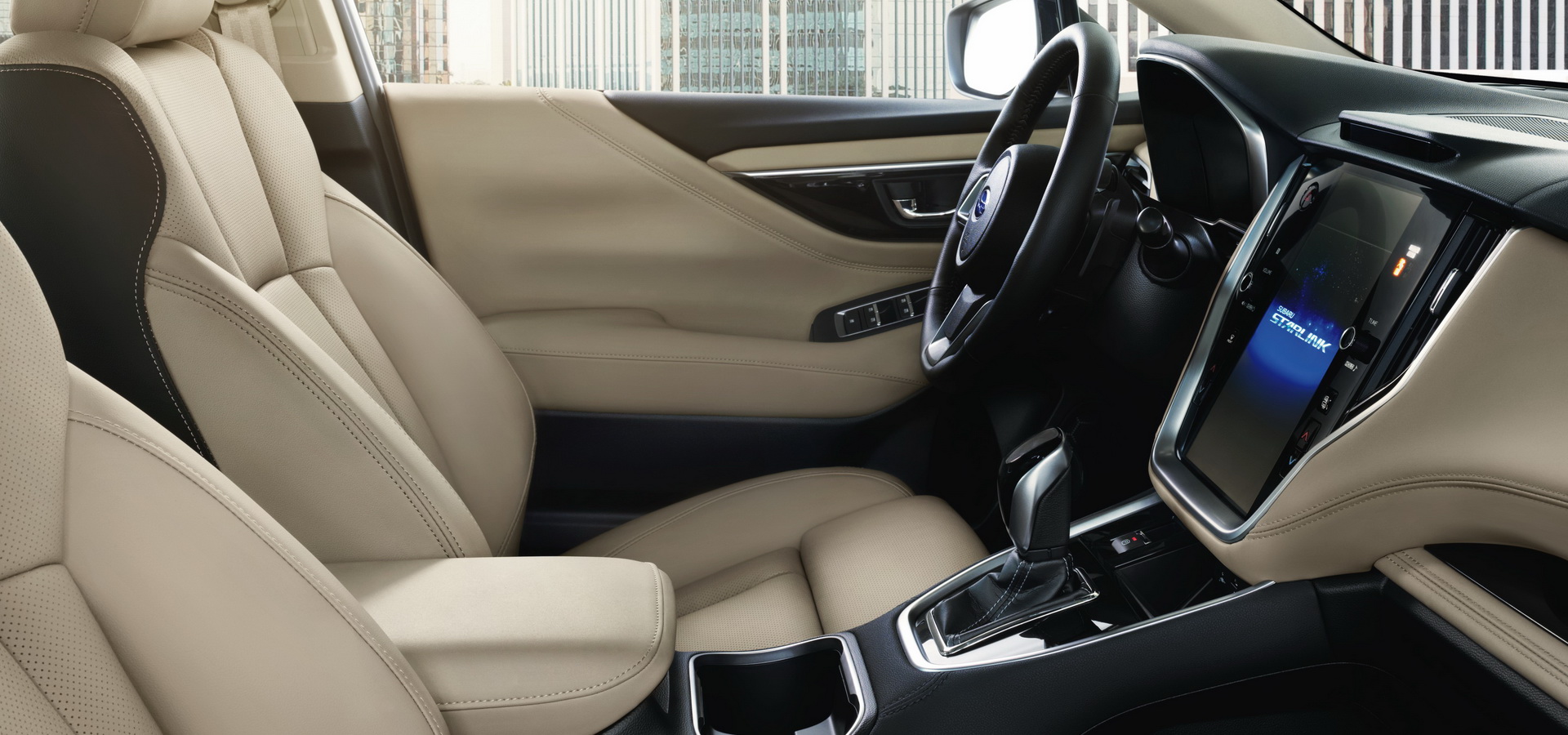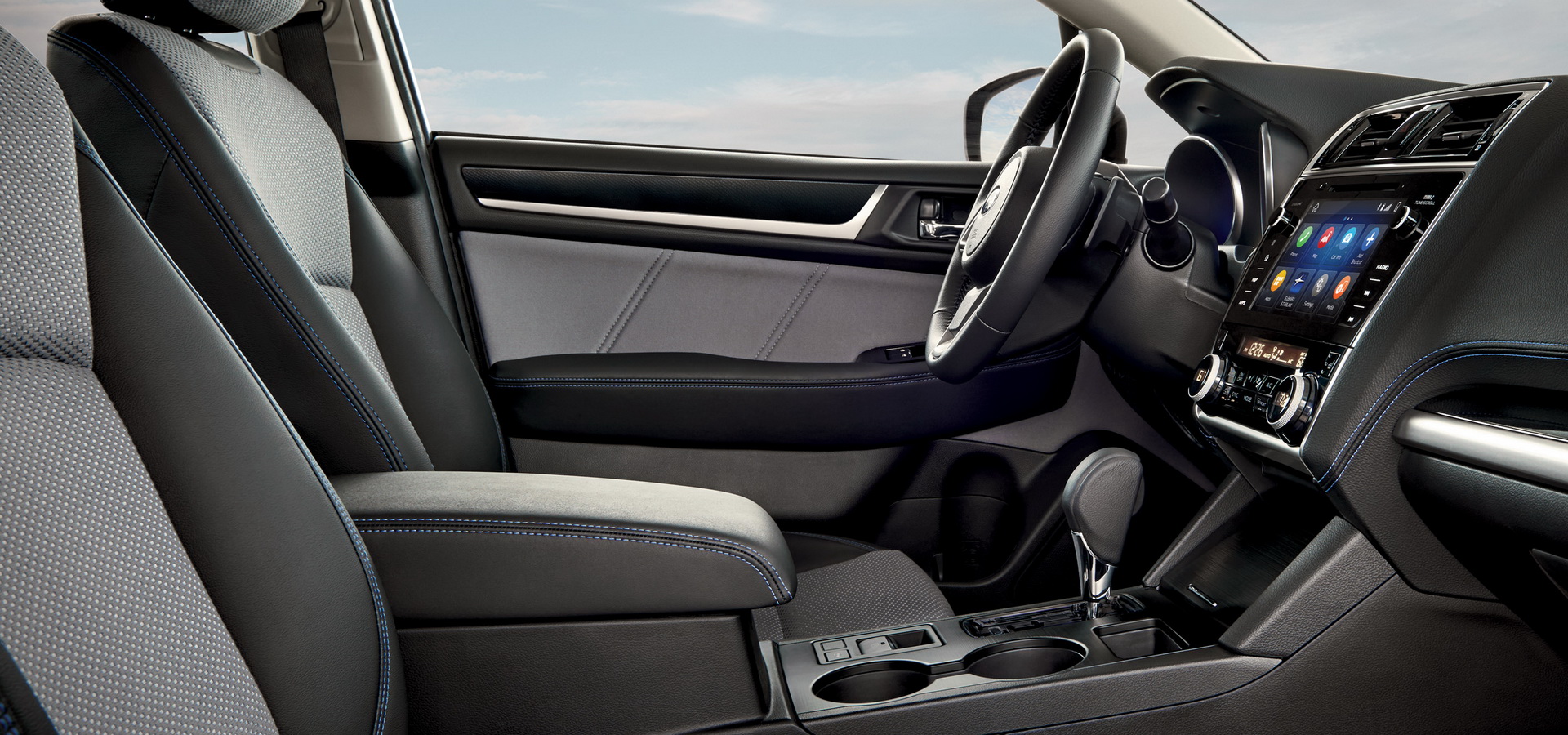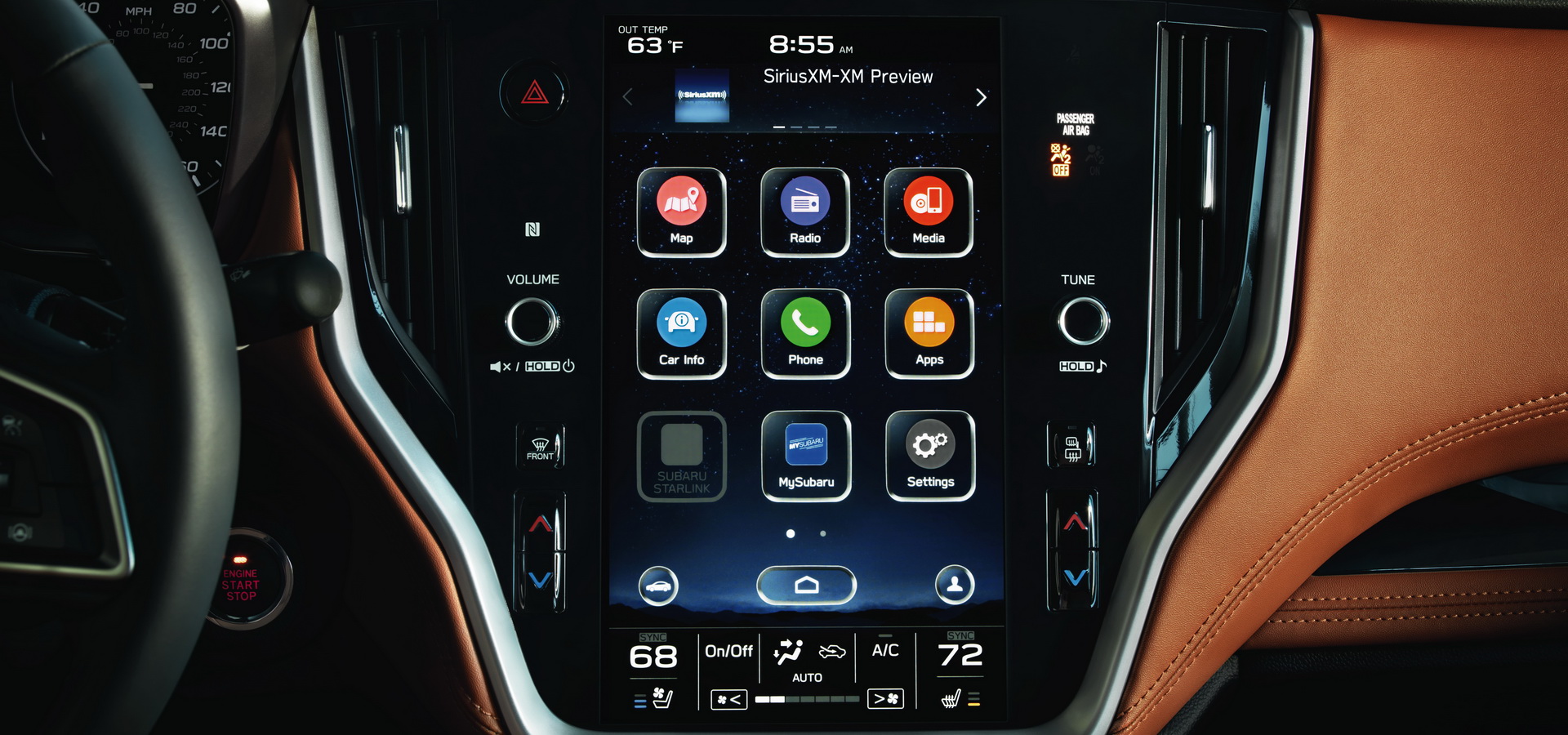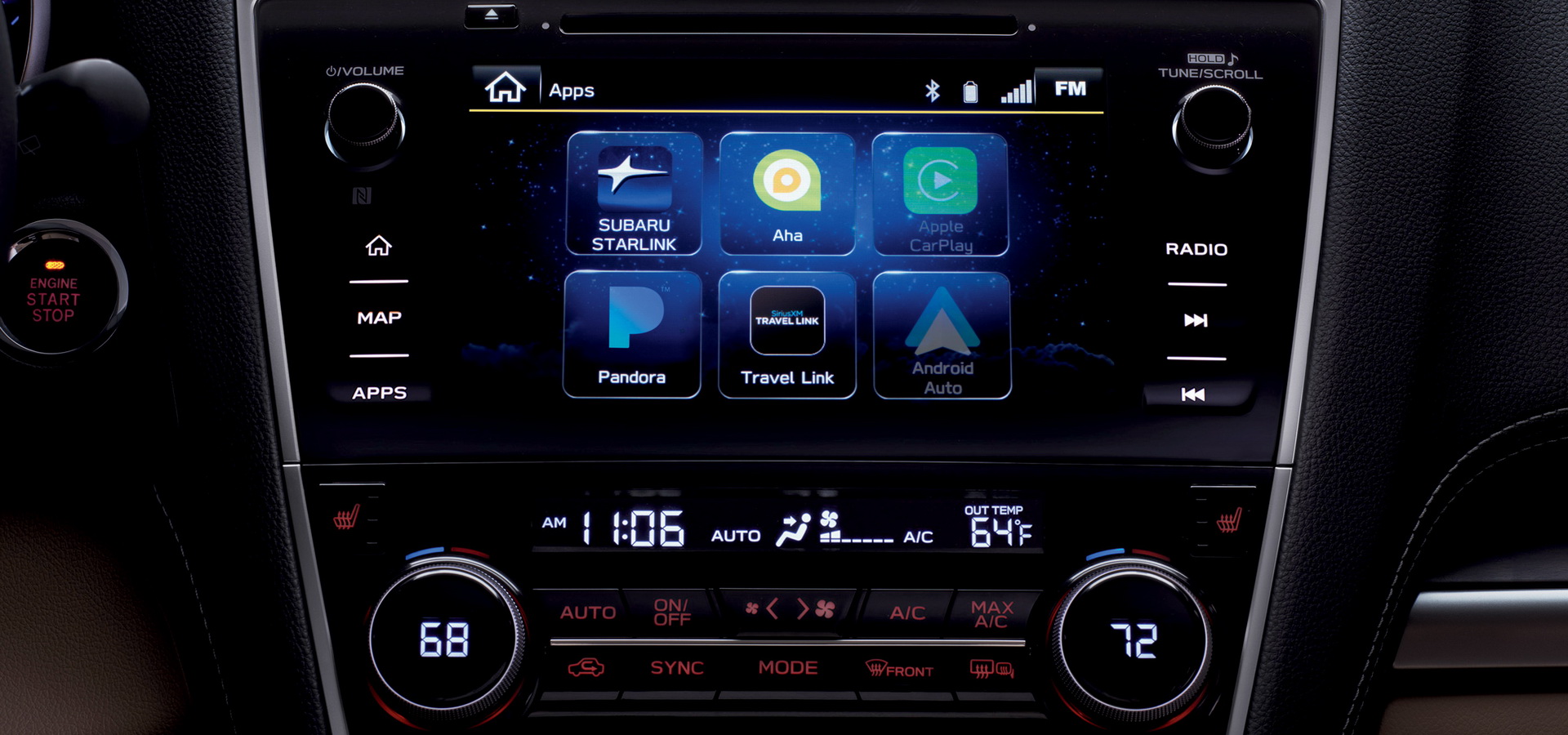Pass by these the latest two generations of the Subaru Legacy sedan on the street and you could be forgiven for thinking that they’re the same vehicles.
Both the all-new 2020 Legacy and the 2019 Legacy are tediously similar in terms of design, and if you’re not up to date with your Subarus, figuring out which is which without looking at minuscule details or interiors could be problematic. Still, there are some nuances to consider.
Go ahead and find the differences
If you’re really trying to separate them, one could argue that the 2020 Legacy looks a bit more elegant than its predecessor, thanks to less angular design elements. It also has wider fenders and a higher trunk surface, which Subaru says results in a more dynamic stance.
Yet, it’s the 2019 Legacy that has slightly more aggressive detailing. It’s a little bit sharper, and fans of older Subaru models might say that it has a more imposing front end than the new car. As for their rear ends, while certainly not identical, you’d be hard pressed to even call the 2020 Legacy’s tail-end design an evolutionary one. It’s more like a sidestep with a pinch of extra style.
Tech is key
There’s no question that the newer Legacy has the better interior. The materials are of a higher quality, the overall ambiance is more elegant and the onboard tech is superior.
Last year, Subaru made the Legacy the EyeSight driver assistance system standard, featuring adaptive cruise control, pre-collision braking and throttle management, as well as lane departure warning and lane keep assist. Also new was the Starlink infotainment system with a 6.5 inch display, among others. In fact, if you opted for the right spec, you could get an even larger display, measuring 8-inches.
The 2020 Legacy on the other hand comes with a much more impressive 11.6-inch tablet style full HD infotainment display (standard on Premium, Sport and Limited spec models), Starlink in-vehicle tech with Apple CarPlay and Android Auto, Wi-Fi connectivity, audio streaming, Sirius XM radio, over-the-air updates and more.
As for what the EyeSight system does on the new car, it provides you with Lane Centering as standard, a DriverFocus Distraction mitigation system, front view monitor, LED steering responsive headlights, reverse automatic braking, plus blind spot detection with lane change assist and rear cross traffic alert.
Updated engine range
The 2019 Legacy was available with either a 2.5-liter four-cylinder Boxer with 175 HP (177 PS) and 174 lb-ft (235 Nm) of torque, or a 3.6-liter six-cylinder unit with 256 HP (259 PS) and 247 lb-ft (334 Nm) of torque – both naturally aspirated. The former had an EPA estimated city/highway fuel consumption rating of 25/34 mpg (9.4 / 6.9 l/100 km), whereas the latter could only manage 20/28 mpg (11.7 / 8.4 l/100 km).
On the latest model you get a revised version of that same 2.5-liter boxer unit, good for 182 HP (184 PS) and 176 lb-ft (238 Nm) of torque, as well as a new 2.4-liter turbocharged engine that produces 260 HP (263 PS) and 277 lb-ft (375 Nm) of torque. The 2020 Legacy with the 2.5-liter engine will average 27/35 mpg (8.7 / 6.7 l/100 km) in the city and on the highway respectively, while the 2.4-liter turbo model has city/highway ratings of 24/32 mpg (9.8 / 7.3 l/100 km).
All things considered, the 2020 Legacy should be a much tougher competitor for the likes of the Toyota Camry, Honda Accord or the Mazda6 going forward, especially knowing how much mid-size sedans have grown recently when it comes to onboard tech and overall performance.



